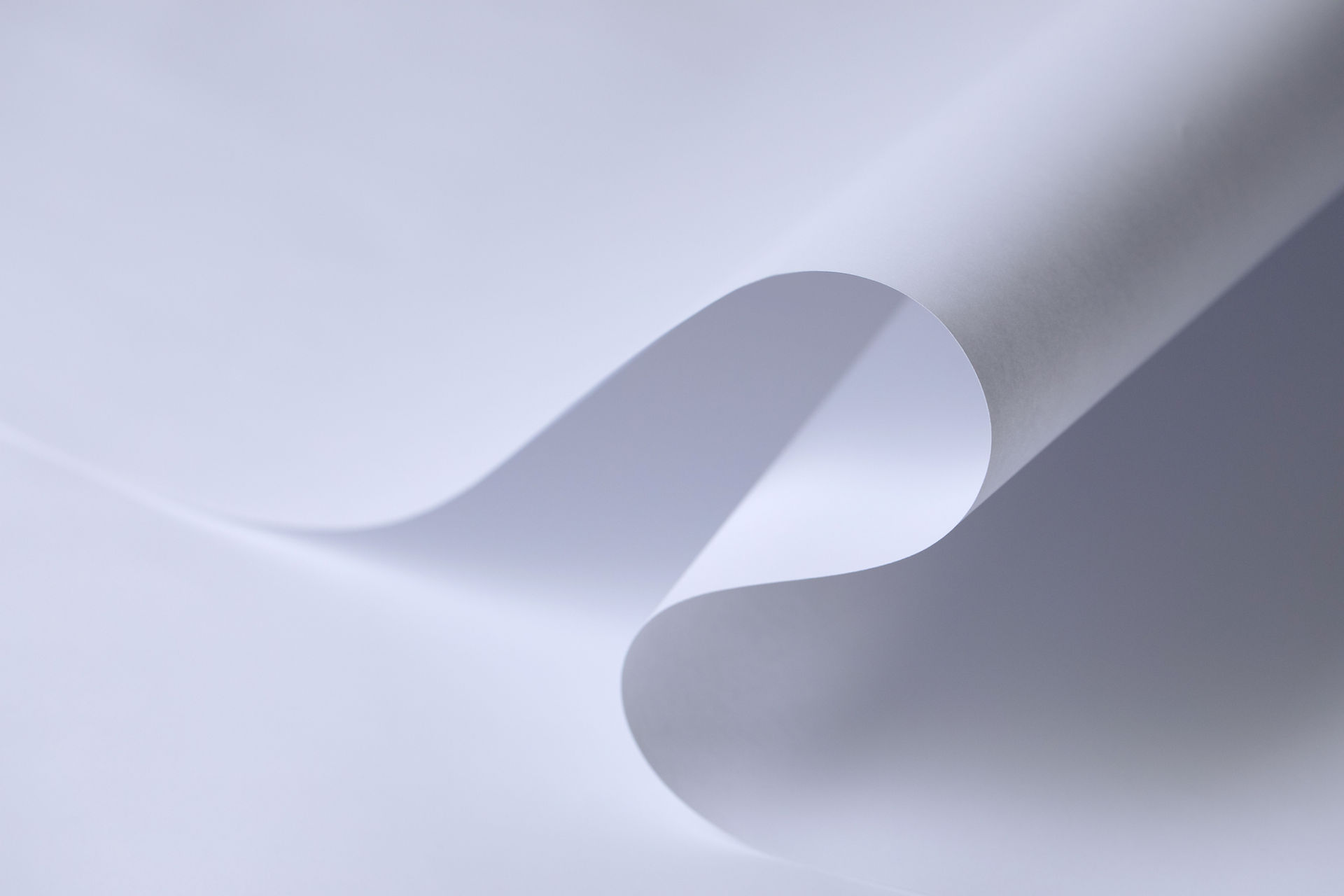Study: Many Hearing Aids Are Too Small for Easy Handling
- Sama Hearing Aid centre
- Dec 26, 2024
- 3 min read
The small size of many hearing aids, apparently designed to reduce the stigma associated with hearing loss, leads to practical difficulties in handling and maintaining them, a recent scientific study by Bridget Shield warns. Hearing aid manufactures offers innovative solutions to this problem.
When thinking about whether to buy a hearing aid to treat their hearing loss, many people face a bewildering range of choices. Hearing aids are often assessed by how small they are – how little they will be noticed. But a recent scientific report into the social and economic costs of hearing loss warns that this fixation on making hearing aids small can lead to problems. The marketing of such aids, emphasizing how their small size means they cannot be seen, is reinforcing the stigma associated with hearing loss, according to the study by renowned audiologist Bridget Shield.
The problem is that hearing aids that are so small they can barely be seen can prove difficult to maintain by their wearers, especially elderly people whose fingers are not as nimble as they once were. Besides putting on the hearing aids and taking them off, most hearing aids require battery changes and it is also important to clean the hearing aids to ensure they work as well as they should. Handling difficulties with increasingly small hearing aids have been cited as a main reason for not using hearing aids in several studies. The small size of many hearing aids, apparently designed to reduce the stigma associated with hearing loss, leads to practical difficulties in handling and maintaining them, Bridget Shield’s study warns.
Tackling the stigma of hearing loss
The study also highlights that although stigma does not seem to be as big an issue as in the past, it does still feature frequently as a reason for people not seeking help for hearing loss: It continues to be a very prevalent problem with the fear of being regarded as old, stupid or unemployable still influencing the decision to seek help in many cases. Self-perception – how hearing aids relate to our own self-image plays a vital role in this process, underlined by advertising that emphasizes how small and barely visible hearing aids are.
At the same time that this study was being compiled, developers were working to address this vicious cycle of negative associations with hearing aids. They asked themselves: Why does it have to be like this when people are no longer worried about wearing glasses to correct their poor eyesight? The answer was simple: Design. Conventional hearing aids all feature the same, instantly recognizable bulb-like shape that sits behind the ear. Glasses, however, come in a wide array of shapes and sizes even though they also have to follow a basic form factor to make them sit comfortably behind the ears.
The bulb-like shape of hearing aids was conditioned by the standard coin-shaped batteries that power them. Yet with the advance in rechargeable hearing aids, the stage was set for a design revolution. offer a uniquely sleek SLIM-RIC form factor that looks like a cool piece of wearable high-tech because they are built around a slim pin-shaped rechargeable battery.
We strongly believe that combining the most advanced hearing aid technology with the most desirable design helps to fight the stigma surrounding hearing aids still today, explained Chief Marketing Officer Maarten Barmentlo
Charging on-the-go offers complete flexibility
Handling is made even easier. Not only does an overnight charge give wearers the power to hear well throughout the day.
In addition to the clear handling advantages of its slim-line design and offers:
• Fully featured connectivity for phone calls, TV, music and more
• Own Voice Processing for highest wearer acceptance
• Speech Quality technology for effortless speech understanding even in noise
• Sound Clarity features for excellent signal quality in all acoustic environments
• Discreet remote-control options via the app



Comments